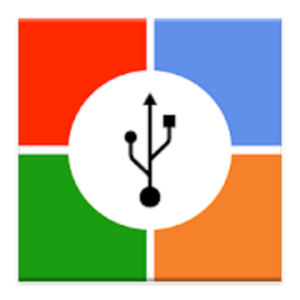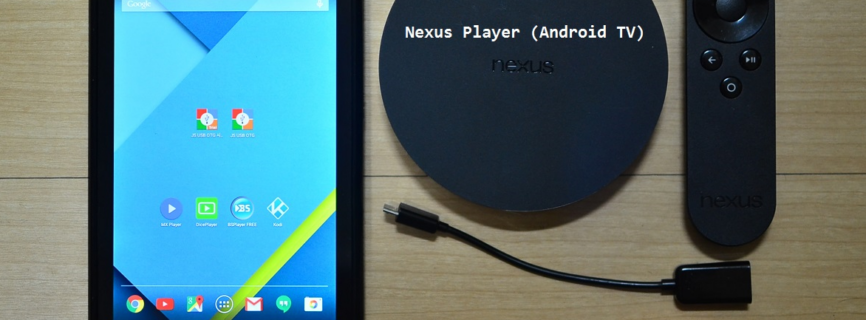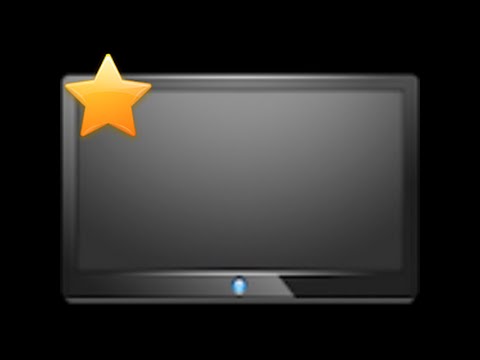
Introduction
USB On-The-Go (OTG) is a technology that allows mobile devices to act as a host and connect with other USB peripherals directly, without the need for a computer. JavaScript (JS) is a popular programming language commonly used for web development. By utilizing JS, developers can create powerful and interactive applications, including USB OTG functionality.
How JS Enables USB OTG
JavaScript empowers developers to interact with USB devices using the WebUSB API. This API allows web applications to access and communicate with USB devices connected to a user's device. It provides a standardized way to establish a connection, send and receive data, and control USB peripherals through JavaScript.
Establishing a Connection
To enable USB OTG functionality in a web application, the first step is to request access to the USB device from the user. Once permission is granted, the application can enumerate and list the available USB devices. The developer can then select a specific device based on its vendor ID, product ID, or other characteristics.
Sending and Receiving Data
After establishing a connection with the desired USB device, the web application can send and receive data to and from the device. This is achieved by utilizing the appropriate methods and events provided by the WebUSB API. For example, the application can use the `transferOut()` method to send data to the device and the `transferIn()` method to receive data from it.
Controlling USB Peripherals
In addition to data transfer, JS-based USB OTG applications can also control USB peripherals. The WebUSB API allows developers to interact with the device's interfaces, endpoints, and other features. This enables tasks such as configuring device settings, requesting device information, or controlling device-specific functionality.
Use Cases of JS USB OTG Applications
1.Mobile File Transfer
A web application can utilize JS USB OTG to facilitate direct file transfers between mobile devices and USB storage devices, eliminating the need for a computer as an intermediary.
2.Hardware Integration
JS USB OTG enables web applications to interact with custom USB peripherals, such as sensors or controllers, providing a seamless and accessible user experience.
3.Device Configuration
Web-based configuration interfaces can leverage JS USB OTG to adjust settings or update firmware on connected USB devices without requiring specialized software.
Conclusion
JavaScript, combined with the WebUSB API, empowers developers to create robust web applications with USB OTG functionality. This opens up new possibilities for mobile devices to directly interact with USB peripherals, enabling tasks like data transfer, device control, and hardware integration. With JS USB OTG applications, users can harness the full potential of their mobile devices while enjoying the convenience of a web-based interface.
Screenshots
[appbox googleplay com.jsolwindlabs.usbotg]
Downloads
JS USB OTG v5.6.8 (Paid) / Mirror


| Name | JS USB OTG |
|---|---|
| Publisher | jsolwindlabs |
| Genre | Video Players & Editors |
| Version | 5.6.8 |
| Update | 24/04/2024 |
| MOD | Paid |
| Get it On | Play Store |

Introduction
USB On-The-Go (OTG) is a technology that allows mobile devices to act as a host and connect with other USB peripherals directly, without the need for a computer. JavaScript (JS) is a popular programming language commonly used for web development. By utilizing JS, developers can create powerful and interactive applications, including USB OTG functionality.
How JS Enables USB OTG
JavaScript empowers developers to interact with USB devices using the WebUSB API. This API allows web applications to access and communicate with USB devices connected to a user’s device. It provides a standardized way to establish a connection, send and receive data, and control USB peripherals through JavaScript.
Establishing a Connection
To enable USB OTG functionality in a web application, the first step is to request access to the USB device from the user. Once permission is granted, the application can enumerate and list the available USB devices. The developer can then select a specific device based on its vendor ID, product ID, or other characteristics.
Sending and Receiving Data
After establishing a connection with the desired USB device, the web application can send and receive data to and from the device. This is achieved by utilizing the appropriate methods and events provided by the WebUSB API. For example, the application can use the `transferOut()` method to send data to the device and the `transferIn()` method to receive data from it.
Controlling USB Peripherals
In addition to data transfer, JS-based USB OTG applications can also control USB peripherals. The WebUSB API allows developers to interact with the device’s interfaces, endpoints, and other features. This enables tasks such as configuring device settings, requesting device information, or controlling device-specific functionality.
Use Cases of JS USB OTG Applications
1.Mobile File Transfer
A web application can utilize JS USB OTG to facilitate direct file transfers between mobile devices and USB storage devices, eliminating the need for a computer as an intermediary.
2.Hardware Integration
JS USB OTG enables web applications to interact with custom USB peripherals, such as sensors or controllers, providing a seamless and accessible user experience.
3.Device Configuration
Web-based configuration interfaces can leverage JS USB OTG to adjust settings or update firmware on connected USB devices without requiring specialized software.
Conclusion
JavaScript, combined with the WebUSB API, empowers developers to create robust web applications with USB OTG functionality. This opens up new possibilities for mobile devices to directly interact with USB peripherals, enabling tasks like data transfer, device control, and hardware integration. With JS USB OTG applications, users can harness the full potential of their mobile devices while enjoying the convenience of a web-based interface.
Screenshots
Downloads
- Fix usb mp3 player





